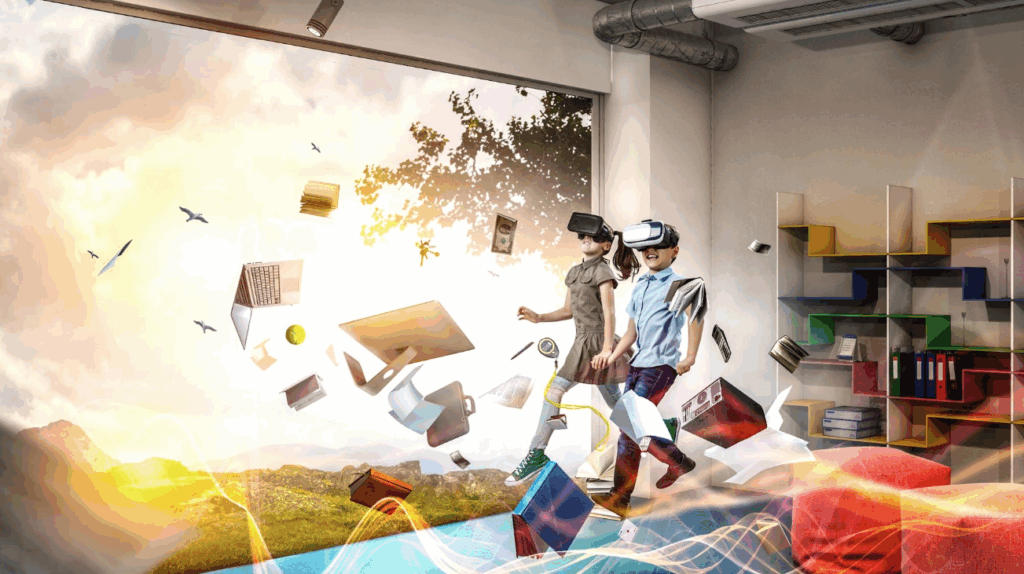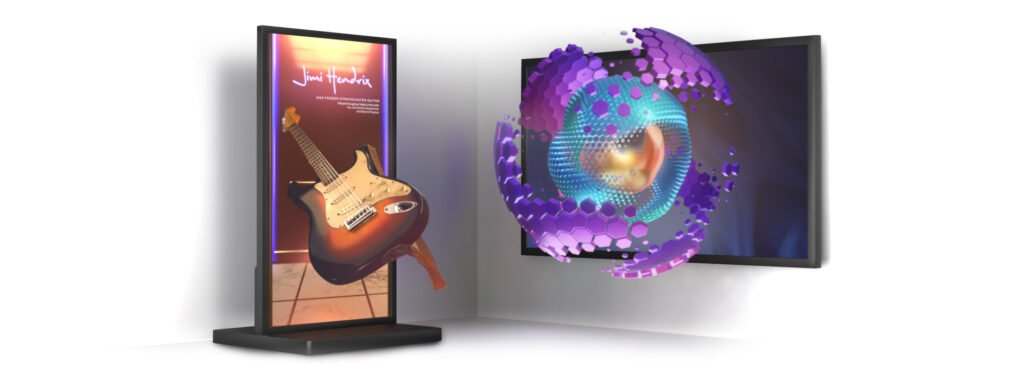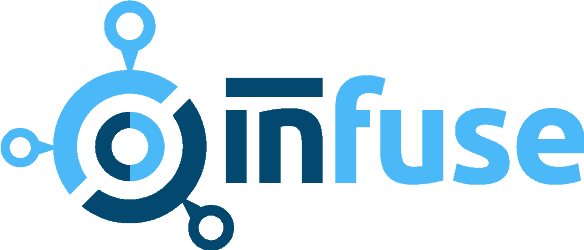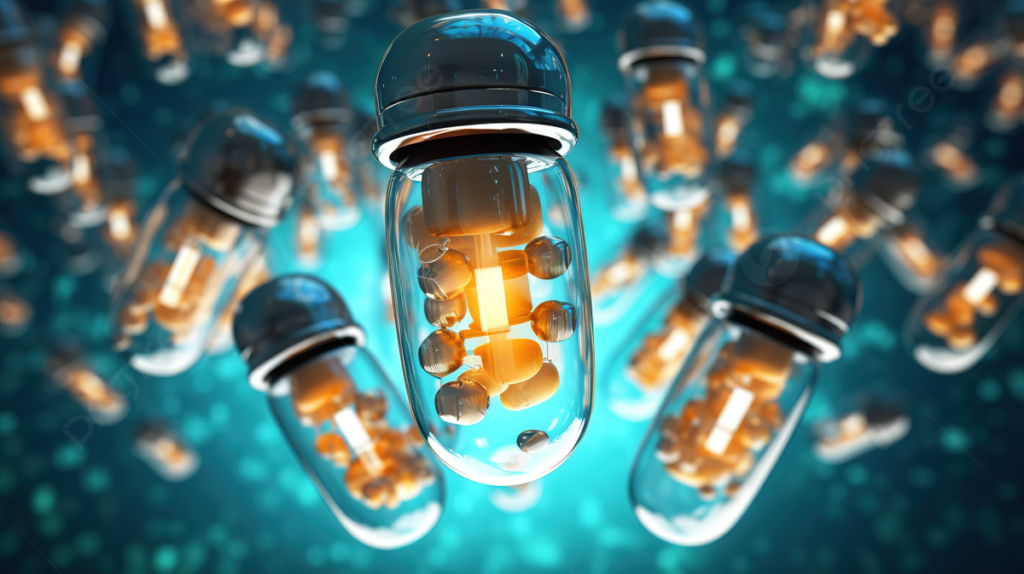In the fast-evolving world of medical device development, visualization plays a pivotal role in bridging the gap between concept and reality. As medical technology advances, the complexity of devices increases, making accurate and detailed representation essential for success. Enter 3D product visualization, a revolutionary tool that transforms traditional design and prototyping methods. By creating lifelike, three-dimensional models, 3D visualization enables developers, engineers, and stakeholders to see and interact with a device before it ever reaches the production line.
This innovative approach not only streamlines the design process but also enhances precision and efficiency. In this article, we will delve into how 3D product visualization is revolutionizing medical device development. We will explore its benefits, including improved design accuracy, accelerated prototyping, and enhanced communication among team members.
By harnessing the power of 3D technology, medical device manufacturers can mitigate risks, reduce costs, and ultimately bring safer, more effective products to market faster. Through this examination, it becomes clear that 3D visualization is not merely a tool, but a critical component in advancing medical technology.
The Importance of Visualization in Medical Device Development
Medical device development faces significant challenges, particularly in the realms of prototyping costs and design iterations. Traditional methods often involve creating multiple physical prototypes, each costing substantial amounts and consuming valuable time. These iterative processes can delay product launches and increase overall expenses, making it difficult to stay competitive in a fast-paced market.
3D visualization offers a powerful solution to these issues by providing detailed and accurate digital representations of medical devices. With 3D modeling, developers can explore various design aspects and make adjustments in a virtual environment before committing to physical prototypes. This not only cuts down on the cost associated with manufacturing multiple prototypes but also accelerates the design process by allowing for rapid iteration and real-time feedback.
The ability to visualize complex components and simulate their interactions in a 3D space helps identify and address potential issues early in the development cycle, leading to more efficient and cost-effective outcomes. Embracing 3D visualization transforms the traditional approach to medical device design, making it a vital tool for modern development practices.

What is 3D Product Visualization?
3D product visualization is a sophisticated process that creates lifelike digital representations of products, allowing for an in-depth exploration of their design and functionality. In the context of medical device development, this technology offers a powerful tool for visualizing complex devices before they are physically manufactured.
By employing 3D product visualization, developers can generate highly detailed and accurate models of medical devices, facilitating better design decisions and ensuring compliance with stringent regulatory standards. The technological foundation of 3D visualization includes several key components.
Computer-Aided Design software plays a crucial role in creating precise 3D models by converting complex design data into visual formats. 3D rendering techniques further enhance these models by adding realistic textures, lighting, and shadows, making the digital prototypes more lifelike.
Additionally, the integration of Augmented Reality (AR) and Virtual Reality (VR) technologies allows stakeholders to interact with and evaluate these digital models in immersive environments, offering a more comprehensive understanding of how the devices will function in real-world scenarios. Together, these technologies revolutionize the way medical devices are designed, tested, and refined, driving innovation and efficiency in the industry.
Benefits of 3D Product Visualization for Medical Devices
3D product visualization offers numerous benefits for medical device development, enhancing every stage of the process.
Enhanced Design and Development: By creating detailed 3D models, designers can explore intricate features and functionalities with high precision, allowing for more accurate and efficient design processes.
Improved Prototyping: Traditional prototyping can be costly and time-consuming. 3D visualization reduces the need for multiple physical prototypes, enabling quick adjustments and iterations in the digital realm. This not only speeds up the development cycle but also cuts down on material waste and costs.
Stakeholder Communication: 3D models provide a clear and interactive way to communicate complex designs to stakeholders, including non-technical team members and investors. These visual tools help in conveying ideas more effectively than 2D drawings or written descriptions.
Regulatory Compliance: For regulatory purposes, 3D visualization provides detailed visual documentation that can support compliance with stringent medical device regulations. This documentation helps in demonstrating the device’s design and functionality comprehensively, facilitating smoother approvals and reducing the risk of compliance issues.
Overall, leveraging 3D visualization in medical device development streamlines processes, enhances communication, and supports regulatory compliance.
Real-World Applications and Case Studies
3D product visualization has revolutionized medical device development, as evidenced by several real-world applications.
Case Study 1: Kablooe and Stratasys
Kablooe, a Minneapolis-based product design firm specializing in medical devices, worked with Stratasys Direct Manufacturing to accelerate the development of a medical device aimed at treating Benign Prostatic Hyperplasia (BPH). By using 3D printing to create multiple iterations of the product, Kablooe significantly reduced prototyping costs and time. This approach allowed them to perfect the design in just 7-10 iterations, ultimately speeding up the process of gaining FDA approval.
Case Study 2: University of Toronto’s Custom Prosthetics
The University of Toronto developed a groundbreaking 3D printing method for creating low-cost prosthetic sockets tailored to individual patients. This process significantly reduces the cost of prosthetic limbs, making them more affordable for children who outgrow their prosthetics quickly. Using 3D scanning and printing technology, they can produce custom prosthetic sockets in just a few hours, cutting costs and improving patient outcomes.
Testimonials: Engineers and designers have also highlighted the advantages of 3D visualization in their work. One engineer noted, “3D visualization has made it possible to catch design issues that we might have missed in 2D schematics, saving us time and resources.” A designer added, “The ability to interact with a virtual model before physical production has been a game-changer for our team, especially in ensuring compliance with regulatory standards.” These case studies and testimonials underscore the transformative impact of 3D product visualization in the medical device industry.
Implementation and Best Practices
Implementing 3D visualization in medical device development starts with selecting the right tools. Begin by identifying software that suits your project’s complexity, whether for intricate surgical instruments or advanced diagnostic machines. The next step is data integration; ensure that all relevant CAD models, engineering designs, and regulatory guidelines are seamlessly incorporated into the visualization platform. Customization is crucial for maximizing the effectiveness of 3D visualization.
Tailor the tools to your specific needs by adjusting parameters such as resolution, interactivity, and real-time simulation capabilities, which can significantly enhance the precision and usability of the visual models. However, be cautious of common pitfalls. One frequent challenge is over-reliance on visual data, which may lead to overlooking critical physical testing phases. To avoid this, always balance 3D visualization with traditional prototyping and validation processes.
Another common issue is inadequate training; make sure your team is well-versed in using the 3D tools to prevent inefficiencies and errors during the development process. By carefully navigating these aspects, you can leverage 3D visualization to streamline design, improve communication, and ensure regulatory compliance in medical device development.

Future Trends in 3D Product Visualization
The future of 3D product visualization in the medical device industry is being rapidly shaped by emerging technologies such as AI, machine learning, and real-time rendering. AI and machine learning are revolutionizing how 3D models are created and refined, enabling more accurate and predictive designs. These technologies allow for real-time adjustments, meaning design teams can instantly visualize modifications and their potential impacts on product performance, speeding up the development cycle significantly.
Real-time rendering further enhances this by providing hyper-realistic visualizations that enable stakeholders to interact with a virtual model as if it were a physical object. This technology not only accelerates the prototyping phase but also improves communication with regulatory bodies, as they can see precise and detailed representations of a device long before it’s physically produced.
Looking ahead, 3D visualization will continue to drive innovation in the medical device industry by facilitating more complex and personalized device designs. As AI and machine learning algorithms evolve, they will likely predict and optimize design choices, reducing the need for multiple prototypes and streamlining regulatory approval processes. Moreover, the integration of real-time rendering into the design workflow will enable more immersive and interactive experiences, allowing engineers, designers, and medical professionals to collaborate more effectively. The continued evolution of 3D visualization promises to enhance precision, efficiency, and innovation in the development of life-saving medical devices.
Summary of Visualization for Medical Devices
As the medical device industry continues to evolve, embracing cutting-edge technologies like 3D product visualization is essential for staying competitive. 3D visualization not only enhances the design and development process but also improves communication and collaboration across teams, ensuring that products are both innovative and reliable. If you’re ready to take your medical device development to the next level, now is the perfect time to explore the benefits of 3D product visualization. InfuseMed, a leader in the field, offers unparalleled expertise in implementing these advanced solutions. Their team of specialists is dedicated to helping you streamline your design process, reduce costs, and bring your products to market faster.

